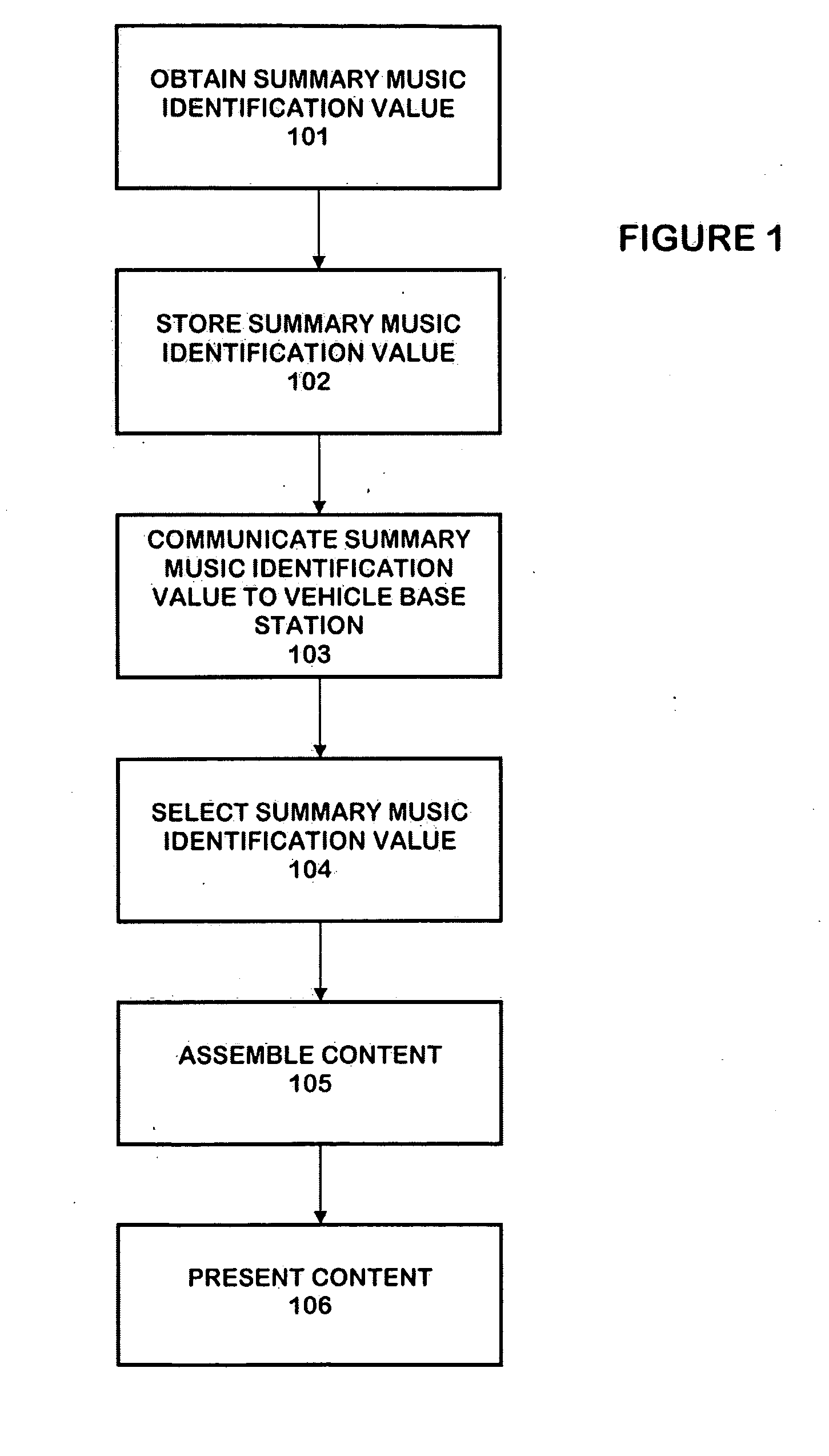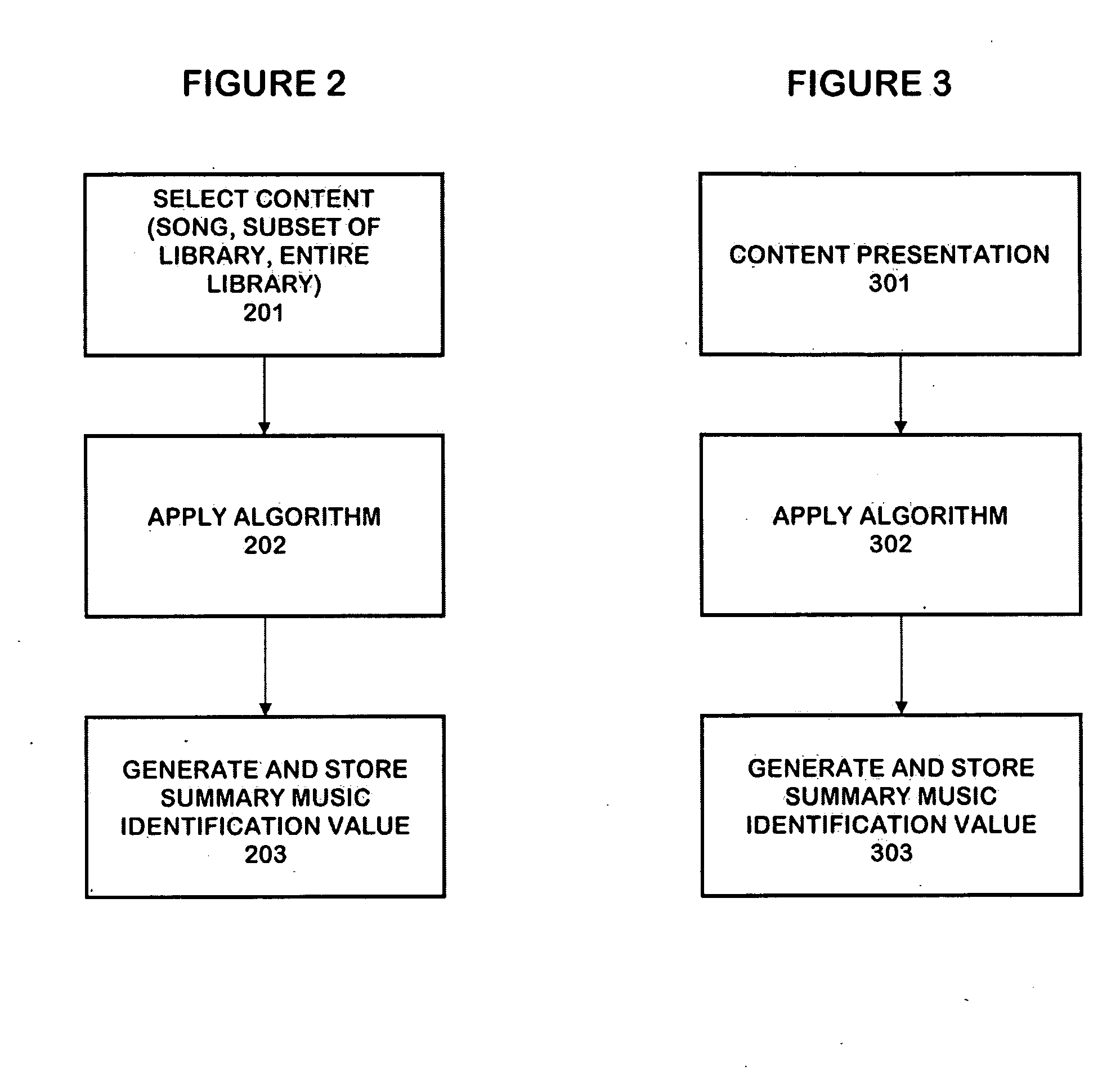Vehicle infotainment system with virtual personalization settings
an infotainment system and virtual personalization technology, applied in the field of infotainment systems, can solve the problems of inflexibility in personalizing content and entertainment for one or more users, currently cannot be personalized in any way by users/consumers, and is not possible to select music, so as to reduce distraction in the vehicle environment
- Summary
- Abstract
- Description
- Claims
- Application Information
AI Technical Summary
Benefits of technology
Problems solved by technology
Method used
Image
Examples
embodiment 1
[0199]Vehicle is equipped with a base unit 701, a visual display, and an acoustical reproduction system all of which are firmly mounted into the vehicle. The user may at a later time purchase a portable unit 801 that is attached into a mechanical holding device including the electrical connection to the first processing device. The holding device is located for example in the trunk of the car. Once the portable unit 801 is installed the base unit 701 switches its mode of operation to (i) receiving the visual output stream from the portable unit 801 and displaying the visual output stream on the visual display firmly mounted into the vehicle and (ii) receiving an audio control signal from the portable unit 801 (iii) receiving an audio output stream from the portable unit 801 and mixing it with audio sources connected to the base unit 701 in accordance with the audio control signal received from the base unit 701.
embodiment 2
[0200]Like Embodiment 1 but the portable unit 801 generates a visual output stream and a video control signal. The base unit 701 mixes the video output stream received from the portable unit 801 with the video signal received from video sources connected to the first processing device.
embodiment 3
[0201]Like Embodiment 1 or 2 but the second processing device sends digitally encoded display instructions to first processing device (instead of video output stream).
PUM
 Login to View More
Login to View More Abstract
Description
Claims
Application Information
 Login to View More
Login to View More - R&D
- Intellectual Property
- Life Sciences
- Materials
- Tech Scout
- Unparalleled Data Quality
- Higher Quality Content
- 60% Fewer Hallucinations
Browse by: Latest US Patents, China's latest patents, Technical Efficacy Thesaurus, Application Domain, Technology Topic, Popular Technical Reports.
© 2025 PatSnap. All rights reserved.Legal|Privacy policy|Modern Slavery Act Transparency Statement|Sitemap|About US| Contact US: help@patsnap.com



